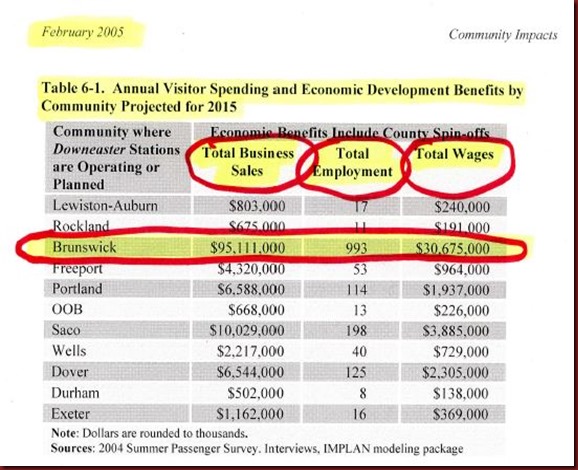You know us; we have an insatiable thirst for knowledge, and we assume our readers do as well. Accordingly, we see it as our obligation to slake that thirst.
For some strange reason, we recently became ever so curious about the retail sales world. Perhaps it’s because a number of those we consider close earn their living in that sector. So we started looking into annual revenue figures, etc, for those enterprises most of us are familiar with.
For example, Supermarkets, of which we have several in our greater area, ranging from fairly small (Bow Street Market) to quite large (Hannaford, Shaws). We frequent both Bow Street, which we love, and Hannaford, which is our most convenient option, including their pharmacy.
Both are always busy, and sometimes very busy. But we had no idea what sort of volume the ‘average’ supermarket does. So following Casey Stengel’s advice, we looked it up.
Here’s what we quickly found at this site - http://www.statista.com/statistics/240948/average-sales-per-store-of-us-supermarkets/
In 2013, average sales per U.S. supermarket store amounted to 16.56 million U.S. dollars.
For our purposes today, that’s good enough. With inflation and other factors considered, we can think in terms of $350,000 a week in sales per ‘average’ supermarket, or $50,000 per day. Somehow, that sounds about right. Intuitively, that is, or ‘in our gut.’
We also decided it might be instructive to learn what smaller, more numerous retail establishments register in the way of revenue results.
We can all relate to nationally known franchises:
Fast food dominates the ‘local’ retail landscape it seems.

Turns out it’s fairly easy to find what sort of revenue figures such establishments yield on an annual basis. This web site……https://www.qsrmagazine.com/reports/top-50-sorted-average-sales-unit……lists the figures for the top 50 franchises.
Look at the figures there, and you’ll conclude that on average, the best such an establishment might do in a location like Brunswick and the Midcoast at large is $1 million per year.
We have one more data point to add. One of our close acquaintances works for a national chain that has about 700 ‘stores,’ dealing in the food/health products sector. They specialize in various food supplements and nutritional items for those willing to pay a premium for such products. In our view, they are playing off the Whole Foods model, carrying specialized products with prices well above what one would normally expect. They cater to a very specific and particular clientele.
Their stores average $1,700,000 in gross revenue per year, or $33,000 per week.
By now, you’re probably asking why all this boring data has any meaning or relevance to what goes on around here. Thanks for playing our straight man. This is why:
The above is a table contained in a study we’ve told you about in prior posts, and cited in our recent briefing given to the state’s Passenger Rail Advisory Council.
Our government paid good money to a consultant named EDRG to get this projection of economic benefit from the Amtrak Downeaster. Note that it asserted that by 2015, which is now, Brunswick would see an increase of $95,000,000 in total business sales.
Maybe $95,000,000 is a figure that’s hard to ‘get your arms around.’ That’s why we provided the retail revenue data in the preamble to the table just above.
Think of $95,000,000 as the equivalent, of sixteen (16) new Hannaford Markets in town. Or somewhere between 100 and 200 new franchise/fast food establishments. By 2015….NOW. Or 55 new high end specialty food/health product outlets.
This is what we fall for in the way of expert consultant wisdom and genius. And models that predict Transit Oriented Development benefits to the local economy.
We don’t know about you, but this seems to us like it deserves the label ‘AAB’, for absolutely absurd and bizarre. Frankly, it seems fraudulent……as in criminal misrepresentation. But it makes our carriage set happy, and so it won’t be questioned.
How on earth, we have to ask, can a sane and informed populace allow such complete incompetence and wasteful use of taxpayer dollars to continue.
As we’ve said before, the question answers itself. And the moral of our story is this:
All political thinking for years past has been vitiated in the same way. People can foresee the future only when it coincides with their own wishes, and the most grossly obvious facts can be ignored when they are unwelcome.
Thank you, George Orwell.
And sleep well in your stupor, Brunswick, Maine, and the rest of you who gobble up such garbage proffered at your expense by those who claim to be wiser than you.

No comments:
Post a Comment